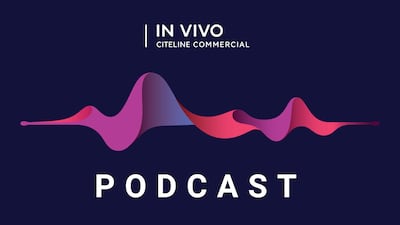After dropping markedly for two consecutive years, both the number of acquisitions in medical devices and the total dollar volume of those deals jumped significantly in 2003, according to information from Windhover Information's Strategic Transactions Database. While the 2003 numbers still fall short of the device industry's M&A boom years of 1998 and 2000, they almost certainly spell good news for the industry and, in particular, those small, start-up companies and their investors who count on a robust M&A climate to provide virtually their only viable exit these days. (An expanded version of this article can be found in this month's START-UP.)
The total number of deals in 2003 reached 71, reversing a downward trend that saw the number of acquisitions slide...



